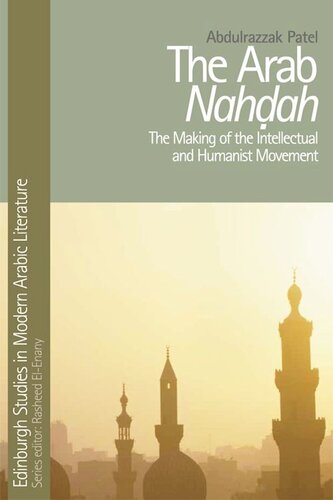

Most ebook files are in PDF format, so you can easily read them using various software such as Foxit Reader or directly on the Google Chrome browser.
Some ebook files are released by publishers in other formats such as .awz, .mobi, .epub, .fb2, etc. You may need to install specific software to read these formats on mobile/PC, such as Calibre.
Please read the tutorial at this link: https://ebookbell.com/faq
We offer FREE conversion to the popular formats you request; however, this may take some time. Therefore, right after payment, please email us, and we will try to provide the service as quickly as possible.
For some exceptional file formats or broken links (if any), please refrain from opening any disputes. Instead, email us first, and we will try to assist within a maximum of 6 hours.
EbookBell Team

4.8
104 reviewsExplores the influences that triggered the Arabic awakening, the 'nahdah', from the 1700s onwards
To understand today's Arab thinking, you need to go back to the beginnings of modernity: the nahdah or Arab renaissance of the 19th and early 20th centuries. Abdulrazzak Patel enhances our understanding of the nahdah and its intellectuals, taking into account important internal factors alongside external forces.
Patel explores the key factors that contributed to the rise and development of the nahdah. He introduces the humanist movement of the period that was the driving force behind much of the linguistic, literary and educational activity. Drawing on intellectual history, literary history and postcolonial studies, he argues that the nahdah was the product of native development and foreign assistance and that nahdah reformist thought was hybrid in nature. Overall, this study highlights the complexity of the movement and offers a more pluralist history of the period.